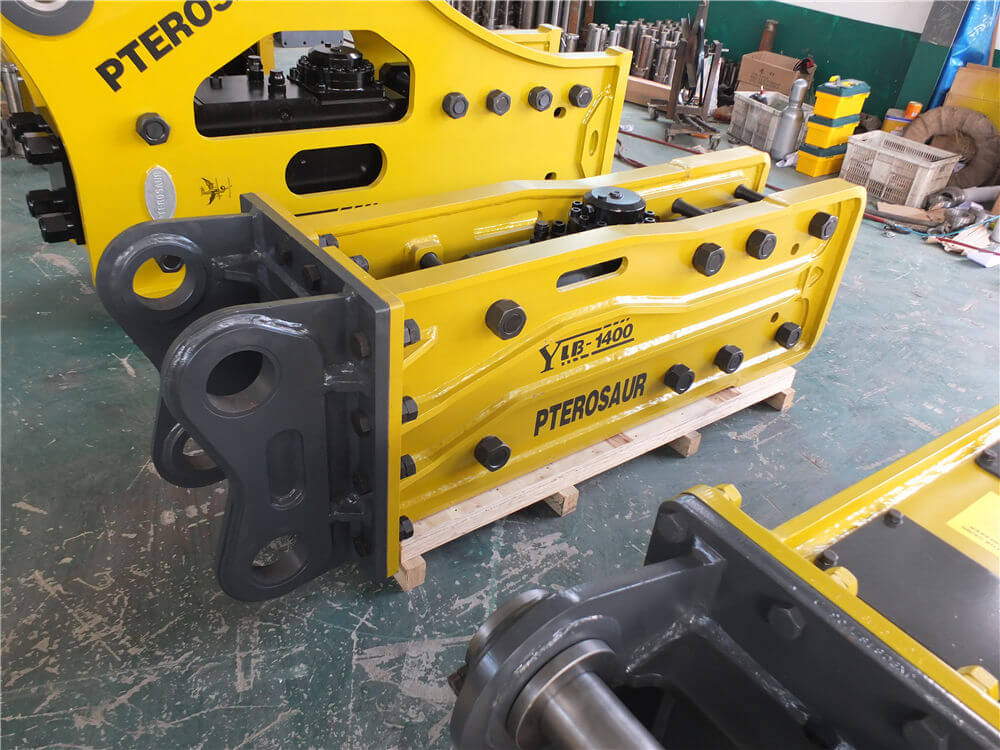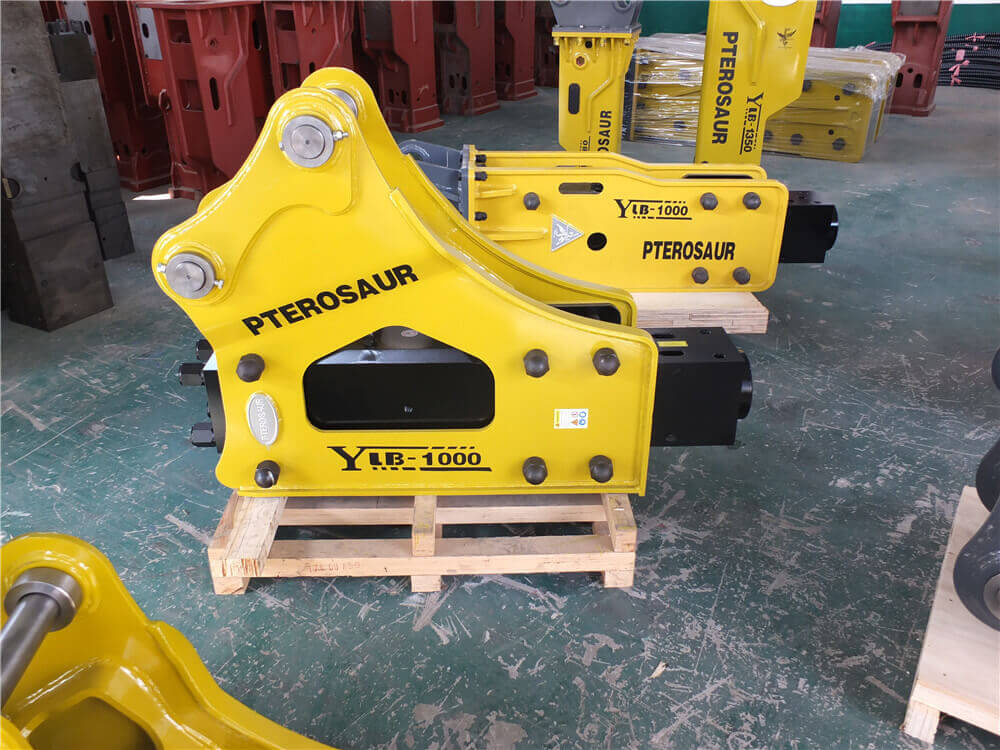Understanding Hydraulic Concrete Breakers: A Comprehensive Guide
In the realm of construction and demolition, hydraulic concrete breakers play a crucial role in enhancing productivity and efficiency. With over ten years of experience in manufacturing excavator attachments, including hydraulic breakers, we dive into the significance, applications, and technological advancements of these powerful tools.
What is a Hydraulic Concrete Breaker?
A hydraulic concrete breaker, often referred to as a hydraulic hammer, is an excavator attachment designed to break concrete and other hard materials effectively. These machines utilize hydraulic power to deliver high-impact energy, allowing operators to accomplish heavy-duty tasks such as demolition, road construction, and excavation with ease.
Key Features and Benefits
-
High Impact Strength: Modern hydraulic breakers are engineered with advanced technology that allows them to deliver exceptional impact strength. This capability enables them to break through tough surfaces quickly and efficiently, minimizing downtime on job sites.
-
Stability and Durability: Hydraulic breakers are built to withstand rigorous working conditions. Their robust design ensures stability during operation, which is essential for maintaining accuracy and safety while breaking concrete.
-
Versatility: These tools are not limited to concrete; they can also handle various materials including asphalt, rock, and more. This versatility makes hydraulic breakers ideal for contractors working on diverse projects.
-
Enhanced Productivity: By improving the efficiency of breaking tasks, hydraulic concrete breakers significantly enhance overall productivity. They are especially beneficial for heavy machinery such as excavators, allowing for streamlined operations on large-scale projects.
Choosing the Right Hydraulic Concrete Breaker
When selecting a hydraulic concrete breaker, several factors should be considered:
-
Excavator Compatibility: Ensure that the breaker is compatible with the excavator in terms of weight and hydraulic flow requirements. Models like the Ecer Hydraulic Concrete Breaker cater to specific ranges, typically suited for excavators weighing between 5.0 to 8.0 tons.
-
Chisel Type and Wear: The chisel is a vital component of the hydraulic breaker. Operators should consider the wear and tear of the chisel tip during use, as it can affect performance. Choosing a breaker with replaceable teeth can help maintain efficiency.
-
Manufacturer Reputation: Opt for brands with a solid reputation in hydraulic breaker manufacturing, such as Epiroc, TMG Industrial, and Doosan. These companies leverage modern workshop equipment and scientific management to produce reliable and high-quality hydraulic breakers.
Current Market Trends
The demand for hydraulic concrete breakers is on the rise, driven by ongoing construction projects and infrastructure development globally. As a result, manufacturers are continually innovating, improving their products’ efficiency and durability. For instance, the introduction of customizable options in size, color, and logo has become a trend, allowing customers to tailor their purchases to their specific needs.
Conclusion
Hydraulic concrete breakers are essential tools in the construction industry, providing unmatched power and efficiency for breaking concrete and other materials. With advancements in technology and a focus on durability, these hydraulic attachments are designed to meet the demands of modern construction projects. By understanding the features, benefits, and considerations when choosing a hydraulic breaker, operators and contractors can maximize their productivity on job sites, ensuring successful outcomes for their projects.




































